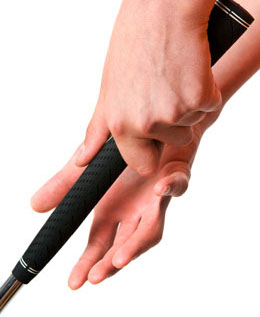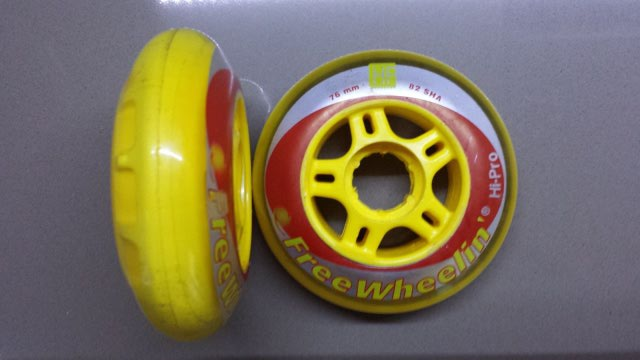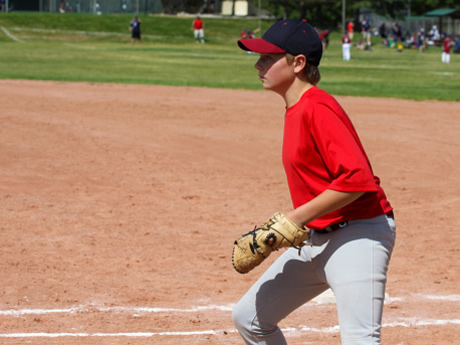Buying a new fly rod can be a confusing task, especially if you are just learning to fly fish. However, since the fly rod is arguably the most important investment you will make as a fly fisherman, it is important that you choose the best one for your particular situation. Below are the three aspects (besides cost) that you want to consider when purchasing a new (or used) fly rod.
Line Weight
You might be wondering what line weight has to do with the rod itself, but in fly fishing, when you talk about the size of the rod, you are actually referring to the weight of the line it is designed to hold and cast. Line weights range from 1-15, with 1 being the lightest and 15 being the heaviest. So, if you are using an “8-weight rod,” you are basically using a rod that is designed to hold 8-weight fly line. When determining the line weight of your rod, think about the specific type of fish you are targeting. Use a lighter weight for smaller fish, and a heavier weight for bigger fish. A lighter line will allow you to cast smaller flies with more precision, while a heavier line is better suited for casting bulkier flies over long distances. If you plan on mostly fishing for small to medium-sized trout, panfish, or bass, then go with a line weight no greater than 6. If you are going to be fishing for steelhead, salmon, or other types of bigger fish, then you would need to go with a heavier line.
A great, all-purpose line weight is 5. This is by the far the most popular line weight used by fly fishermen, especially those just starting out. A 5 weight line will allow you to cast a variety of flies and land a variety of fish.
Rod Length
The next aspect of your rod that you want to take into consideration is the length. Again, think about the type of fish you are targeting. Most fly rods are between 7 and 9.5 feet in length. You can get a smaller or longer rod, but those are mostly made for specialized situations. A good beginner length is 9 or 9.5 feet. A rod of this length will allow you to make casts in a variety of situations, and will also allow you to have plenty of control when you are fighting a fish. A rod of this length also allows you to keep a good bit of the line off of the water-a key element when presenting a fly.
Rod Pieces
The last thing you want to consider when purchasing a new fly rod is assemblage. Many fly rods come in 2, 3, or 4 pieces. Some fly fishermen believe that the more pieces you have, the more action you lose. While this may be true for lower-end fly rods, many upper-end fly rods of more than two pieces cast just as good as their 2-piece counterparts. Base your decision on your particular needs. If you plan to travel quite a bit, you want to make sure you have enough room to carefully store your fly rod. Choose accordingly.
Cost
After taking the three aspects above into consideration, you have to make a decision based on the cost of the fly rod. Fly rod prices vary considerably, but if you are just starting out, you can get a good rod within the $75-$150 range. Buying combos (rod and reel packages that usually come with line, flies, and everything else you need to get started) are another option. The best advice here is to go with what you can afford, and if possible, try out the rod before you buy it. If you do not live near any tackle or fly shops, check out Amazon, Bass Pro Shops, Cabela’s, or other online sporting goods stores. Just make sure you read plenty of reviews before you buy. And remember, as you continue to fly fish, your needs may change, so the rod you buy now will not necessarily be the rod you use forever.
How to Replace Golf Clubs Grip


3 Ways to Improve Focus in Sports

Copyright © www.mycheapnfljerseys.com Outdoor sports All Rights Reserved